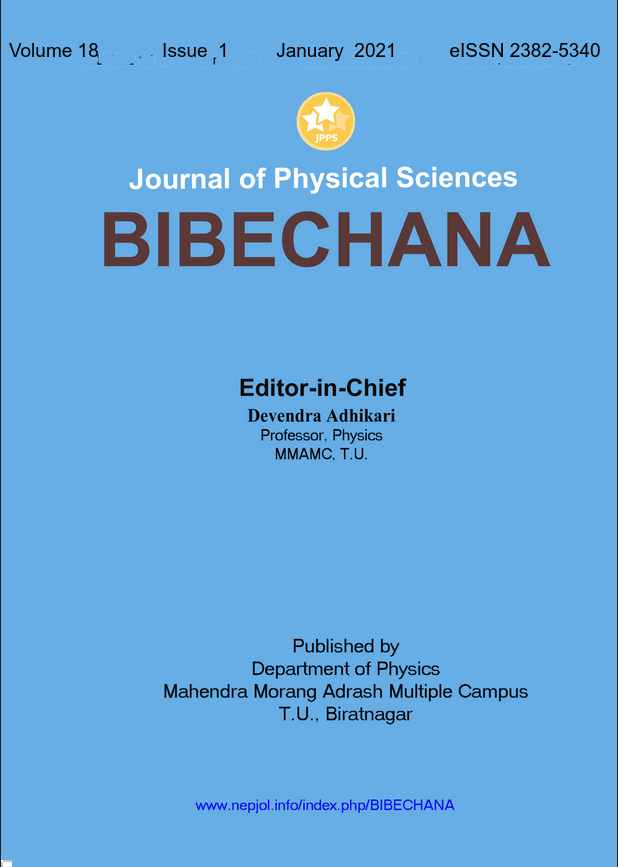An overview on the non-destructive in-depth surface analysis of corrosion-resistant films: A case study of W-xCr deposits in 12 M HCl solution
DOI:
https://doi.org/10.3126/bibechana.v18i1.29222Keywords:
Non-destructive, Angle-resolved XPS, In-depth analysis, Corrosion-resistant, W-based sputter depositsAbstract
Non-destructive in-depth analysis of the surface films formed on the sputter-deposited binary W-xCr (x = 25, 57, 91 at %) alloys in 12 M HCl solution open to air at 30 °C was investigated using an angle-resolved X-ray photoelectron spectroscopic (AR-XPS) technique to understand the synergistic corrosion resistance effects of showing very low corrosion rates, even lower than both alloying metals of the deposits. The average corrosion rates of these three tungsten-based sputter deposits found to be more than five orders of magnitude (between 3.1 × 10−3 and 7.2 × 10−3 mm/y) to that of chromium and also nearly one order of magnitude lower than that of tungsten metals. Such high corrosion resistance of the sputter-deposited W-xCr alloys is due to the formation of homogeneous passive double oxyhydroxide film consisting of Wox and Cr4+ cations without any concentration gradient in-depth after immersion in 12 M HCl solution open to air at 30 °C from the study of the non-destructive depth profiling technique of AR-XPS. Consequently, both alloying elements of tungsten and niobium are acted synergistically in enhancing the high corrosion resistance properties of the alloys in such aggressive electrolyte.
BIBECHANA 18 (1) (2021) 201-213
Downloads
Downloads
Published
How to Cite
Issue
Section
License
This license enables reusers to distribute, remix, adapt, and build upon the material in any medium or format for noncommercial purposes only, and only so long as attribution is given to the creator.




